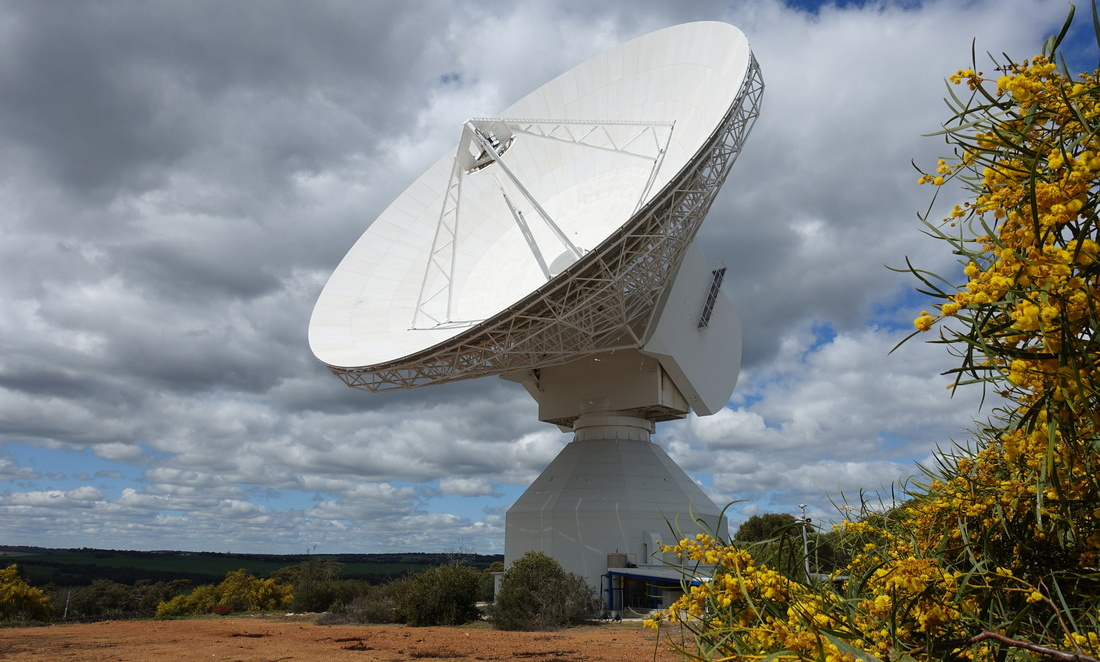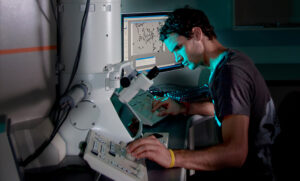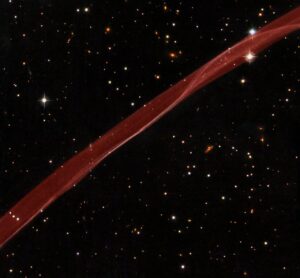In the 1960s, Australia was a hub of space exploration. We were part of ELDO, the European Launcher Development Organisation, and some of the first European rockets launched right here in Australia.
Today, while everyone from Venezuela to Vietnam has national space agencies, Australia has found itself literally watching other countries’ spacecraft from the ground.
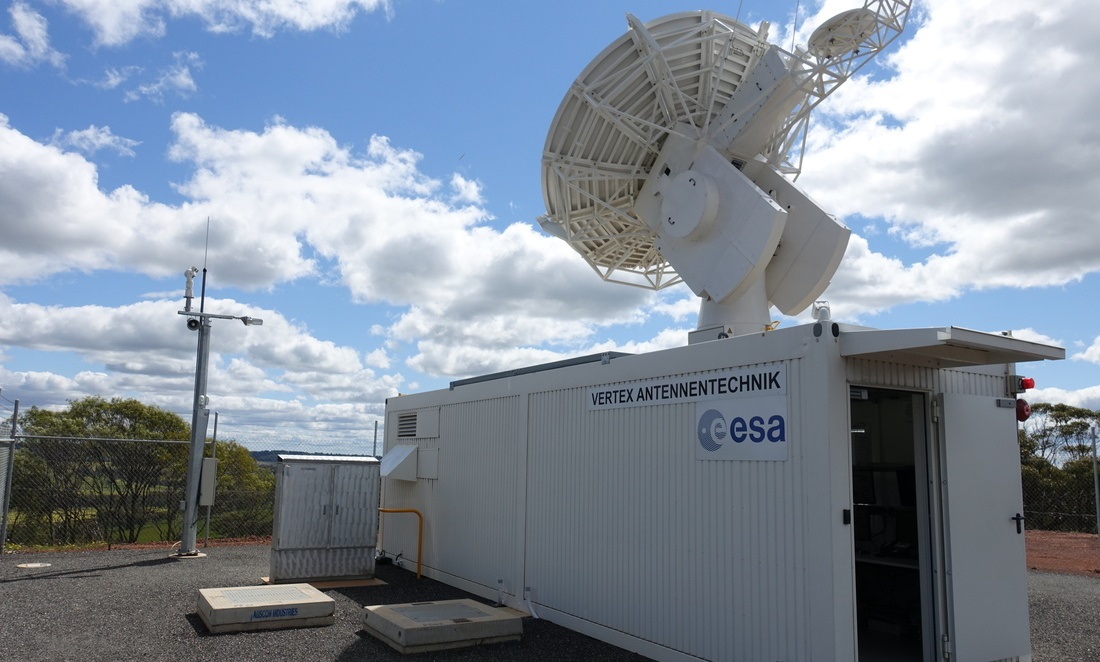
So what happened?
How did Australia fall so far behind?
In 1974, ELDO joined forces with the European Space Research Organisation to create a new European Space Agency, now called ESA.
“Unfortunately, during this process, Australia left this club,” says ESA’s Director General, Jan Woerner.
Despite being offered membership in Europe’s space agency from the very beginning, Australia repeatedly declined. Space, we said, was too expensive. Eventually, ESA withdrew their offer.
“But now,” Woerner says, “we are open again.”
ESA still runs a tracking station near New Norcia which is crucial to their deep space missions. If you watched the #CometLanding last year, you were seeing images downloaded right here in WA. Until recently though, tracking stations like this were our only connection with outer space.
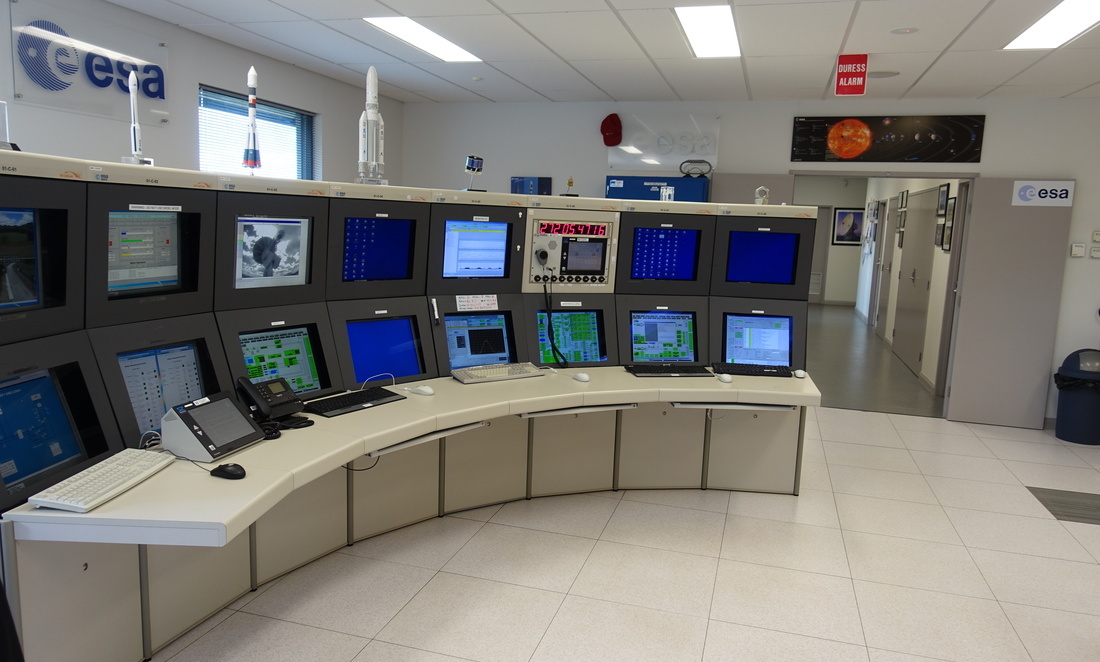
But our local space community hadn’t given up. After years of serious persuasion by space enthusiasts behind the scenes, the government finally announced a national Australian space agency a few weeks ago.
Woerner says it’s not surprising that people, not pollies, are leading the change.
“We need exploration to understand the unknown, and people are interested in that!” he says.
“And we have to convey that message to the politicians. They’re sometimes a little bit hesitant, because they think people won’t care, but they do.”
Will there be Australian astronauts?
Probably not. Not for a while, at least.
Right now, Woerner says, a space agency gets us two things.
First, a space agency will work on how Australians can benefit from space. That might be research, technology development or just making better use of satellite images. A space agency gets a little more of Australia into space and a little more space into Australia.
Second, a space agency gets us a seat at the table with the big players. International cooperation is one of the biggest benefits of getting involved in space: it’s always a team effort.
“When we are launching astronauts—a Russian astronaut, a European astronaut, an American astronaut and a Japanese astronaut—together on one tiny capsule, suddenly the world becomes smaller.”
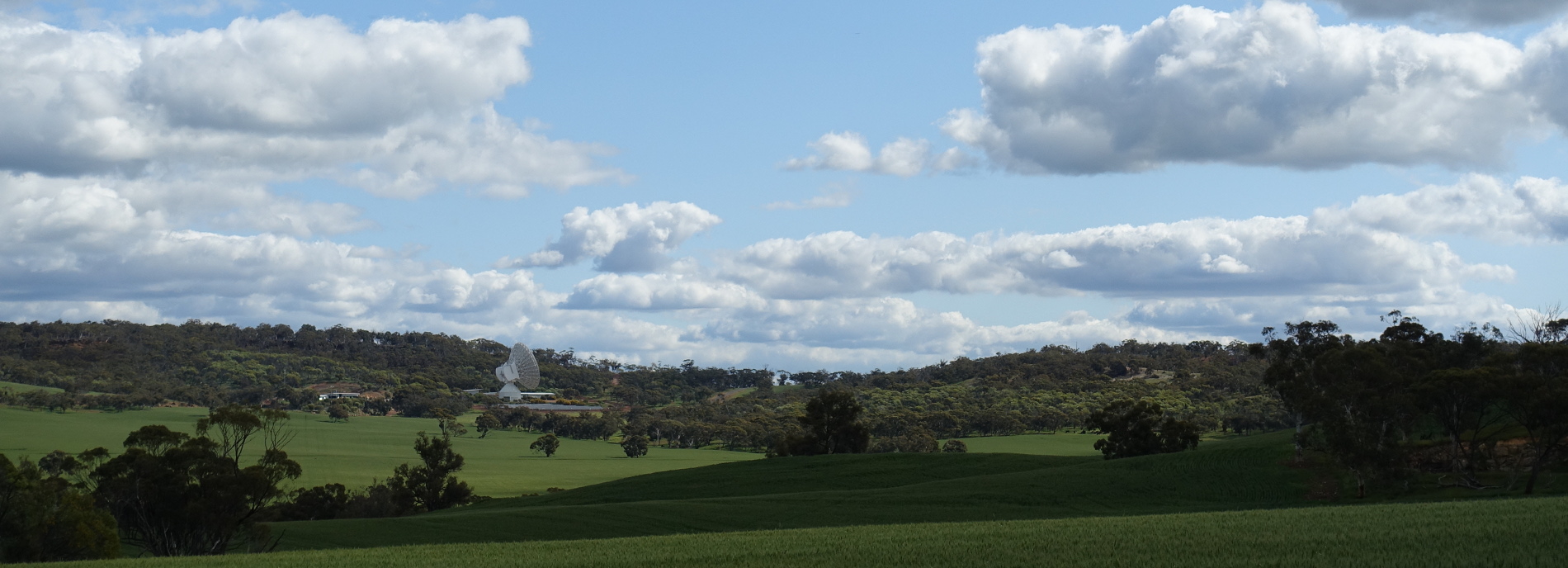
Back in the club
Joining back up with ESA is also a very real possibility.
“This place is very important for ESA, for tracking launchers, for deep space communication, to download data from our spacecraft. For me, this part is already clear. But we could also see what more WA could bring to space,” Jan says.
Working with ESA, you get out what you put in. Australia could offer our expertise with tracking stations or open space for launch pads. In return, we might get new technology, access to mission control or perhaps one day, a seat for an Aussie astronaut on a ride to space.
But building these agreements is still ahead of us. With a lot of hard work still to put in, it’s important not to forget why we wanted a space agency in the first place.
“For me, it is curiosity,” Jan says.
“We don’t know what else it will give us back yet, but it will bring us curiosity and fascination.”



